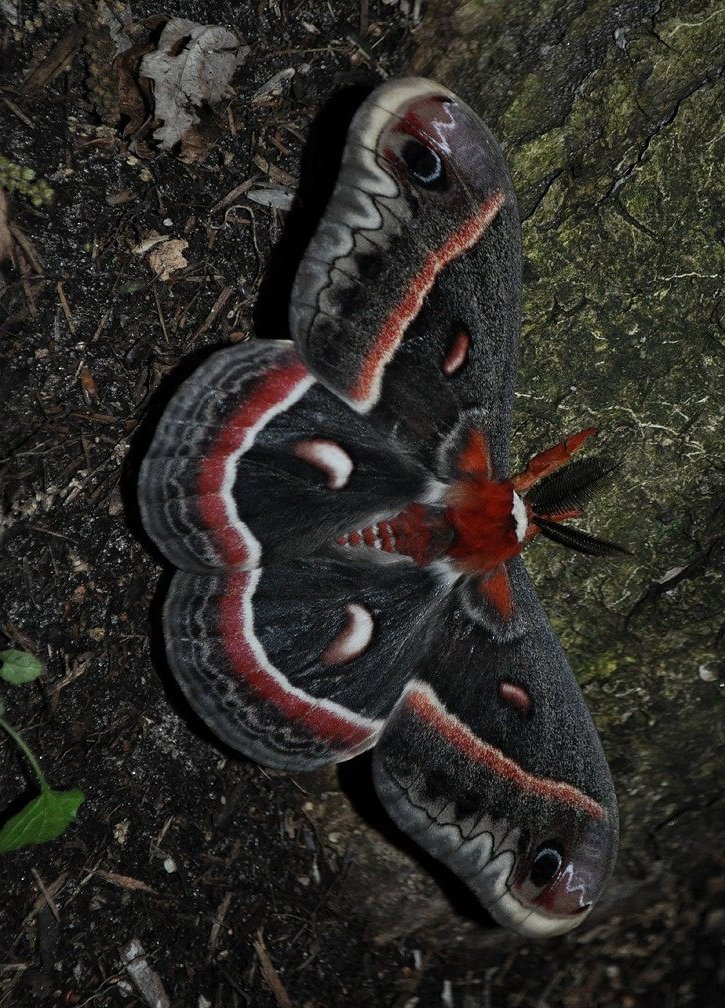Butternut (Juglans cinerea)
A North American native, the butternut (also known as white walnut) is one of the hardiest nut trees. The late October harvest of rich, buttery-flavored nuts are popular for baking, confections and fresh eating. Although this tree is self-fertile, you will ensure a better crop if you have multiple trees. This tree produces nuts and is a host plant to 129 butterfly and moth species (nwf.org).
Photo credit: John Blair: 1: Cecropia Moth, 2: Polyphemus Moth
A North American native, the butternut (also known as white walnut) is one of the hardiest nut trees. The late October harvest of rich, buttery-flavored nuts are popular for baking, confections and fresh eating. Although this tree is self-fertile, you will ensure a better crop if you have multiple trees. This tree produces nuts and is a host plant to 129 butterfly and moth species (nwf.org).
Photo credit: John Blair: 1: Cecropia Moth, 2: Polyphemus Moth
A North American native, the butternut (also known as white walnut) is one of the hardiest nut trees. The late October harvest of rich, buttery-flavored nuts are popular for baking, confections and fresh eating. Although this tree is self-fertile, you will ensure a better crop if you have multiple trees. This tree produces nuts and is a host plant to 129 butterfly and moth species (nwf.org).
Photo credit: John Blair: 1: Cecropia Moth, 2: Polyphemus Moth
Life Cycle: Perennial
Sun Exposure: Full
Soil Moisture: Medium-wet, Medium
Height: 40-60 feet
Plant Spacing: 30-50 feet
Bloom Time: April-May
Bloom Color: Green, Brown
Advantages: Caterpillar Favorite, Bird Favorite
Host Plant: Polyphemus, Cecropia, and 127 other species of butterflies and moths use this as a caterpillar host plant in our area (nwf.org)







